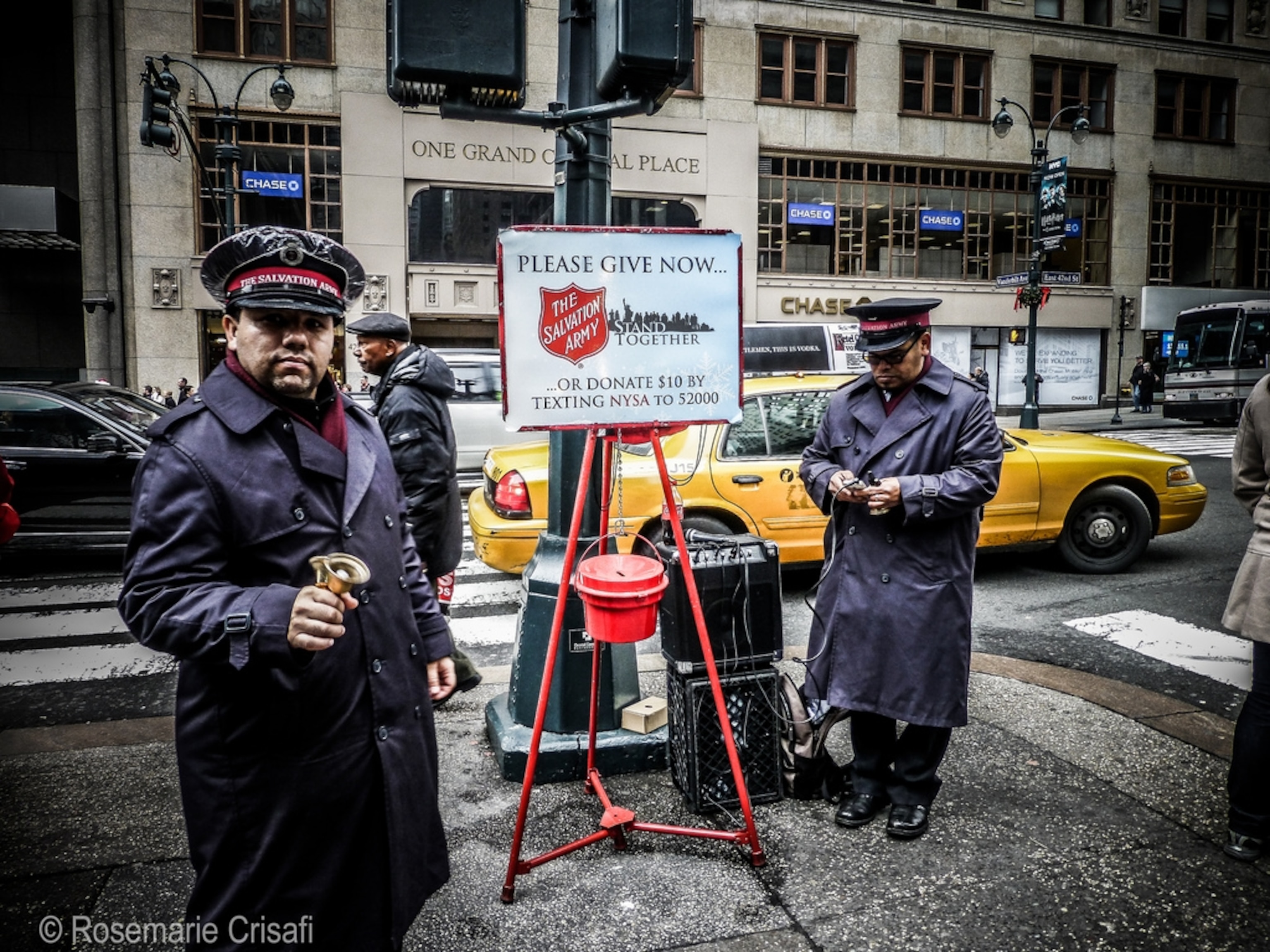
Generosity and the Social Brain, One Neuron at a Time
Michael Platt has always been interested in the ways that people are and aren’t different from other animals. When he started graduate school at the University of Pennsylvania, in 1989, he intended to study paleoanthropology, a field in which researchers compare the fossilized remains of people and other primates. But he quickly changed course. “It turns out it’s very hard to understand bones if you don’t understand muscles, and you can’t understand muscles if you don’t understand behavior,” he says.
Platt started working with two superstar primatologists, Dorothy Cheney and Robert Seyfarth, who were based at Penn but studied free-ranging monkeys in Africa. The scientists were best known for experiments in which they’d record monkey vocalizations during social interactions and then, later, play them over a concealed loudspeaker and observe how the animals reacted.
That work didn’t quite satisfy Platt, either. He wanted to know how, exactly, the monkey brain encodes social behaviors — and whether our brains do it in the same way.
So he left anthropology and turned to neuroscience. For the past decade or so, he has been recording from individual cells in the brains of rhesus macaque monkeys while the animals do simple tasks — like looking at pictures of other monkeys, or following the gaze of the monkeys in those pictures — that tap into some aspects of sociality.
That research laid the groundwork for Platt’s latest study, an experiment so risky that he waited to get tenure before giving it a go. The gamble paid off. Published today in Nature Neuroscience, the study describes the precise firing patterns of neurons when a monkey gets a juice reward and when it gives juice to another monkey.
In the thin outer layers of tissue at the front of the brain, some neurons come to life when the monkey rewards itself, whereas others fire during acts of generosity, the study found. A third type of cells responds in either situation.
The experiment is provocative because of what it might imply about our own social behaviors. If humans, too, have these specialized brain areas, what might that mean?
“People differ quite a lot in how socially attuned they are, and in particular how much empathy and compassion they have for others,” Platt says. “It’s tempting to speculate that that comes from differences in these areas.”

It’s worth spelling out what Platt’s not suggesting. This study doesn’t somehow “explain the mystery” of altruism, autism, psychopathy, the mind of the Sandy Hook shooter, or any other human behavior that happens to involve other people.
That said, there’s no reason to think that our brains don’t show the same basic patterns that Platt found in the monkeys. “For practical purposes, all of the brain areas that we have are found in rhesus macaques and seem to be wired up in basically the same way,” Platt says.
Plus, brain scans have shown that when people make social decisions, we use the same regions fingered by Platt’s monkey study. The downside of human studies, though, is their low resolution: They give a nice picture of the entire brain, but can’t dive into the nitty gritty of neural circuits. That’s why Platt’s work is so exciting. “There’s nothing else like this, looking at the single-cell level,” says Tim Behrens, a neuroscientist at Oxford who has done some of the human work. “And there’s really very few people doing these kind of studies apart from Michael.”
No one’s doing them because they’re crazy-complicated. For one thing, the researchers weren’t even sure that two macaques would play nice in the lab. “If you know anything about rhesus macaques, the first thing that comes to your mind is not that they’re nice and cuddly and friendly,” Platt says. “They’re amongst the most despotic of all primates.” Still, they’re social creatures. Like us, macaques readily form groups and depend on each other.

It was also challenging, Platt says, to create an ecologically valid experiment — that is, one that would recreate the important elements of natural social interactions — that’s nevertheless rigorously controlled, with nearly identical lab conditions day after day.
The experiment uses an ‘actor’ monkey, whose brain activity and eye gaze are being tracked, and a ‘recipient’ monkey sitting a few feet away. Each animal is contained inside its own plexiglass booth. Each can look straight ahead and see a computer screen, or look to the side and see the other animal.
The researchers trained two monkeys to be actors. The paper refers to them as MO and MY, but in the lab, they’re Oskar, for Oskar Pfungst, and Yerkes, for Robert Yerkes. “We always name our monkeys after famous dead scientists,” Platt says.*
The actor sees shapes of different colors appear on the screen. Over time he learns that when he looks at certain colors, exciting things happen: he gets juice, his neighbor gets juice, or nobody gets juice. Then the researchers show the actor two colored shapes at once and let him choose between the two outcomes: Reward myself, or nobody? Reward myself, or reward that other guy? Reward that other guy, or nobody?
As you’d probably expect, any time the actor had the option of rewarding himself he took it. But I was surprised to learn that on the trials where he was choosing between the recipient monkey or nobody, he usually chose to be generous. Not only that, but on those generous trials the actor would look over at the recipient, suggesting that he knew exactly what he was doing.
While the actor played the reward game, the researchers analyzed three neighboring areas of his frontal cortex. Merging data from many days of testing Oskar and Yerkes, they recorded from 85 neurons in the orbitofrontal (OFC), 101 in the anterior cingulate sulcus (ACCs) and 81 in the anterior cingulate gyrus (ACCg).
The researchers found that the OFC was most active on any trial in which the actor chose to reward himself. The ACCs, meanwhile, fired most for ‘foregone rewards’ — situations in which either the other guy or nobody got a reward.
Most interesting of all was the ACCg. In this area, Platt found three distinct sets of neurons: those that fired strongest for self rewards; those that were tuned to rewarding the other guy; and cells that fired equivalently when giving and receiving. “This one area seems to have very special properties,” Platt says. “The neurons can incorporate what’s happening to another individual.”
These single-neuron studies always amaze me from a can-you-believe-scientists-can-do-this-stuff perspective. But I also wonder about the value of the information. The macaque brain contains billions of neurons, after all, and here the scientists are focused on a few hundred. Why’s that so exciting?
“Ultimately, the individual neuron is the fundamental unit of processing,” Platt says. Single neurons express different receptors on their membranes, which respond to different chemical messengers. Single neurons send out projections to other brain regions that might encode related aspects of social interactions, such as biological motion or facial recognition. Those are essential details, and they are obscured in brain imaging studies that average the activity of oodles of neurons.
Uncovering these cellular mechanisms probably has practical value. It will be important, way down the line, for unpacking what goes wrong in social disorders, Behrens says. “If you want to have any hope in hell of understanding things like autism, you have to know how the brain processes basic social abilities.”
For Platt, though, the nitty gritty is valuable in itself, whether or not it ever reaps clinical rewards. Each neuron gets him one step closer to understanding how, exactly, our brains work, and how much of our complex social behaviors are shared with our primate cousins.
“It’s amazing that we can make any sense of it,” Platt says, chuckling. “I mean, the brain did not have to be organized in a way that would be readily decipherable by us. It could have been just some enormous network where everything is random.”
*
Oskar Pfungst was the psychologist who de-bunked the claim that a horse, Clever Hans, could tap out the answers to math problems with his front hoof. Turns out Clever Hans knew nothing about math, but he knew a whole lot about what his owner’s face looked like when he reached the right answer. “The horse just had great social skills,” Platt says. Just like Oskar the macaque.
Photos from Kevin Dooley, Rosemarie Crisafi, and Ellen van Yperen. Monkey cartoon courtesy of Michael Platt/Nature Publishing Group.
